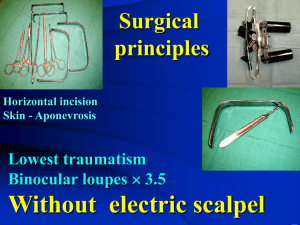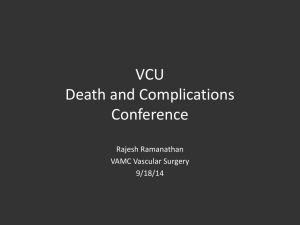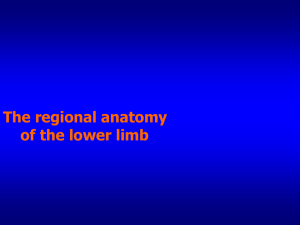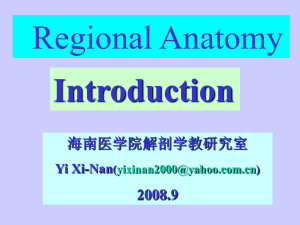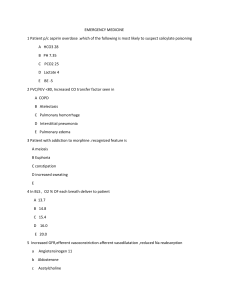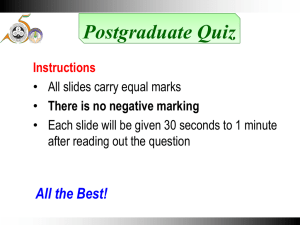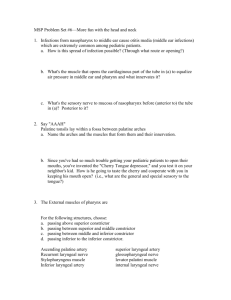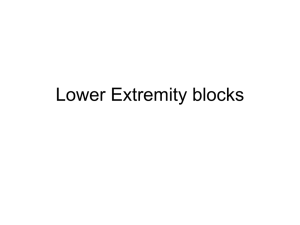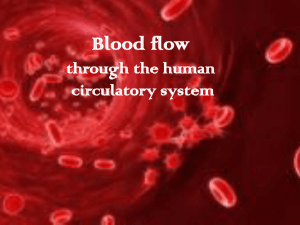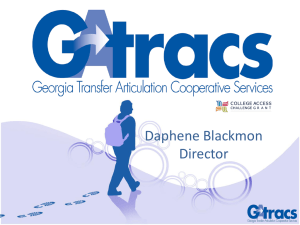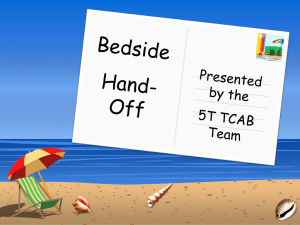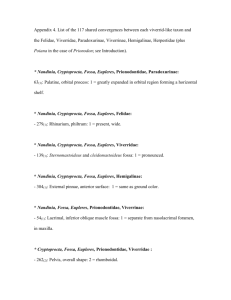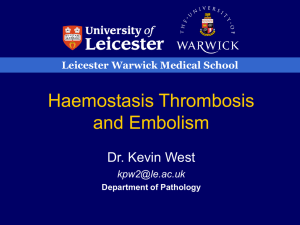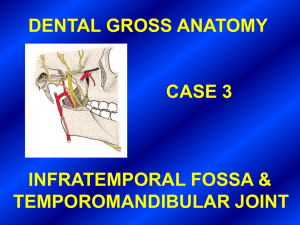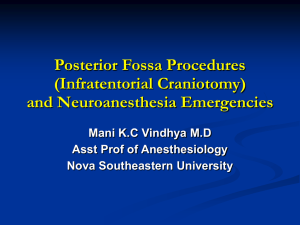OSCE (Answer)
advertisement
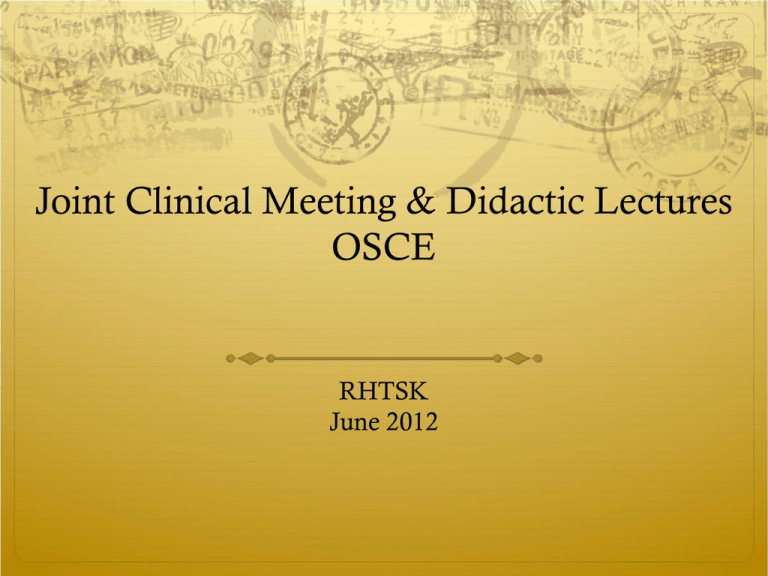
Joint Clinical Meeting & Didactic Lectures OSCE RHTSK June 2012 Case 1 M/29 He presented to AED after syncope and minor head injury Physical examination was unremarkable CT Brain Q1. Identify the abnormality on the CT film and suggest 2 differential diagnoses? DDx: -Pituitary Macroadenoma -Meningioma -Lymphoma -Metastasis Hyperdense mass at pituitary fossa Q2. Suggest another investigation to delineate the nature of the lesion. MRI Brain Large lobulated sellar/ suprasellar mass Q3. Which cranial nerves may be affected by this lesion? Q4. Suggest 2 systemic complications associated with the lesion. Endocrine manifestation – Excess vs Inhibition Hyperprolactinaemia Acromegaly Cushing’s Disease Hyperthyroidism Pan-hypopituitarism Case 2 M/49 Presented with left popliteal fossa pain, left calf swelling and shortness of breath for one week He has history of travelling to Mainland China a week ago. In that trip, he travelled by bus for three hours Physical Examination: BP 128/83 mmHg, pulse 98/min, SpO2 98%. Chest was clear. Heart sounds were normal Mild tenderness over popliteal fossa without any swelling CXR was normal. ECG revealed sinus rhythm at 95/min Bedside USG LL and Echo Bedside USG popliteal fossa revealed thrombosis of popliteal vein Bedside Echo Q1a. What is the name of this view? What is the name of chamber a ? Apical 4 chamber view Right ventricle Q1b. What is the abnormality in this view? Right ventricle dilatation Q2a. What is the name of this view? What is the name of chamber a? Parasternal short axis view Left ventricle Q 2b. What is the abnormality in this view? Flattening of interventricular septum (or D shaped LV) Q3. What is your diagnosis? Left popliteal vein thrombosis complicated with submassive pulmonary embolism Case 3 M/60 Complained about double vision for few days. No limb weakness or numbness was noted. This is the clinical photo of the patient. Q1. Look at the clinical photo and suggest 1 neurological finding. Left CN III palsy Q2. Non-contrast CT brain was performed. Suggest 2 important findings on the CT films. Extensive tumor mass at nasopharynx Hypodens area at left temporal lobe Q3. What would be the most likely cause for the CT findings? NPC with brain metastasis Q4. What further investigation can be done to confirm your diagnosis? Nasopharyngoscope with tissue biopsy Q5. Suggest 1 vascular pathology which can also cause the same clinical presentation. Aneurysm at posterior communicating artery Cavernous sinus pathologies (e.g. thrombosis) Case 4 79/M Hx of HT, DM with triopathy, IHD, old CVA with good recovery On OHA and ACEI Presented with dizziness, generalized malaise BP 180/90, Pulse 120/min Q1. Give 3 abnormal findings of this ECG. Tall T wave RBBB absence of p wave Widened ORS complex (Any 3 of them) Q2. What 2 blood tests will you order to confirm your Dx? RFT ABG Q3. Which drug in the emergency trolley will you give to the patient? Ca gluconate / CaCl Q4. What other drugs can be given? DI drip NaHCO3 Resonium Beta-agonist Loop diurteics (Any 2 of them)

